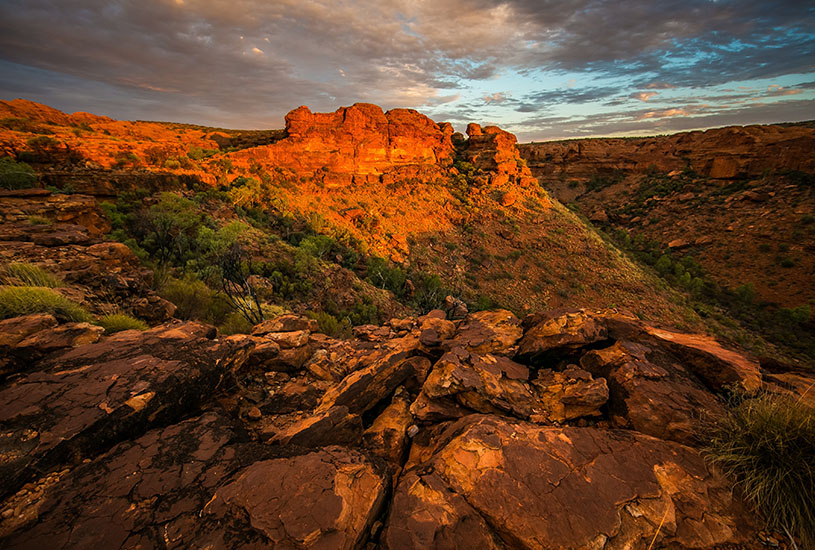A Deakin researcher has argued that iconoclasm – the destruction of religious images and icons – also applies to sacred landscapes.
Islamic State’s destruction of cultural heritage in Iraq and Syria shocked the world, but similar damage has occurred to landscapes sacred to Australia’s Indigenous populations. It just hasn’t been articulated as iconoclasm, according to Dr Antonio Gonzalez Zarandona from Deakin University’s Alfred Deakin Institute for Citizenship and Globalisation.
Dr Zarandona connected iconoclasm and the destruction of Indigenous Cultural Landscapes during research for his PhD.
“Basically certain landscapes are seen as sacred by a particular community because that community considers them to be a holy site or a place for pilgrimage,” he explained.
“In other cases, a feature is considered sacred because it is marked by rock art. However, what has gone unrecognised is that rock art is surrounded by a natural landscape.
[testimonial_text]In Australia, Indigenous groups consider certain landscapes as sacred because it forms part of their Dreamtime and as such is integral to creating a close connection with their ancestors.[/testimonial_text]
[testimonial_picture name=”Dr Antonio Gonzalez Zarandona” details=”Alfred Deakin Institute for Citizenship and Globalisation”]
 [/testimonial_picture]
[/testimonial_picture]Dr Zarandona argued that destruction of the landscape is a form of iconoclasm.
“Iconoclasm is the destroying of monuments, images or religious icons for religious or political reasons,” he said.
“Researchers argue that for an act to be considered an act of iconoclasm, the image in question has to have a body, an image and a medium.
“The argument has been that the destruction of landscapes was not an act of iconoclasm because there was no body involved and a landscape could not be considered an image.
“Through my fieldwork in Murujuga in the Dampier Archipelago in Western Australia – the largest archaeological site in the world – I was able to demonstrate that this was not the case.”
Dr Zarandona said for the Indigenous community, the landscape was more than a natural landscape.
“Where rock art has survived there are indeed images, but the landscape that surrounds it is formed from the bodies of their ancestors,” he said.
“By destroying it we are committing acts of landscape iconoclasm.”
Dr Zarandona recently returned from the UK where he was invited to talk about the concept of landscape iconoclasm in a seminar at Oxford University.
He also delivered another invited seminar on cultural iconoclasm at Birmingham University.
The trip was made possible through a travelling scholarship from The Australian Academy of the Humanities.
During his time in the UK, Dr Zarandona had access to Oxford’s School of Archaeology’s database of heritage destruction in the Middle East and North Africa.
His insights will inform a Deakin University project and database of heritage destruction in Iraq and Syria being led by Associate Professor Ben Isakhan and Dr Taghreed Jamal Al Deen.
“My Birmingham University seminar talked about our work, particularly the destruction of the cultural heritage of the Yezidis and Christians in Iraq,” Dr Zarandona said.
“Our argument is that this, too, amounts to iconoclasm because it is the destruction of sacred and holy images and sites which are regarded by those communities as sacred and important for rituals and other forms of social interaction.”
He said although the public usually labelled such acts as destruction or vandalism, it was important to label them as iconoclasm, “because it is through this concept that we can untangle the nuances as well as the moral and ethical implications of the destruction”.
“Furthermore, vandalism is just a blanket term that does not do justice to the destruction of cultural heritage and art, because acts of vandalism are usually considered acts of wanton destruction, whereas iconoclasm is destruction with a meaningful purpose behind it, even if this purpose is not clear at first sight.”



